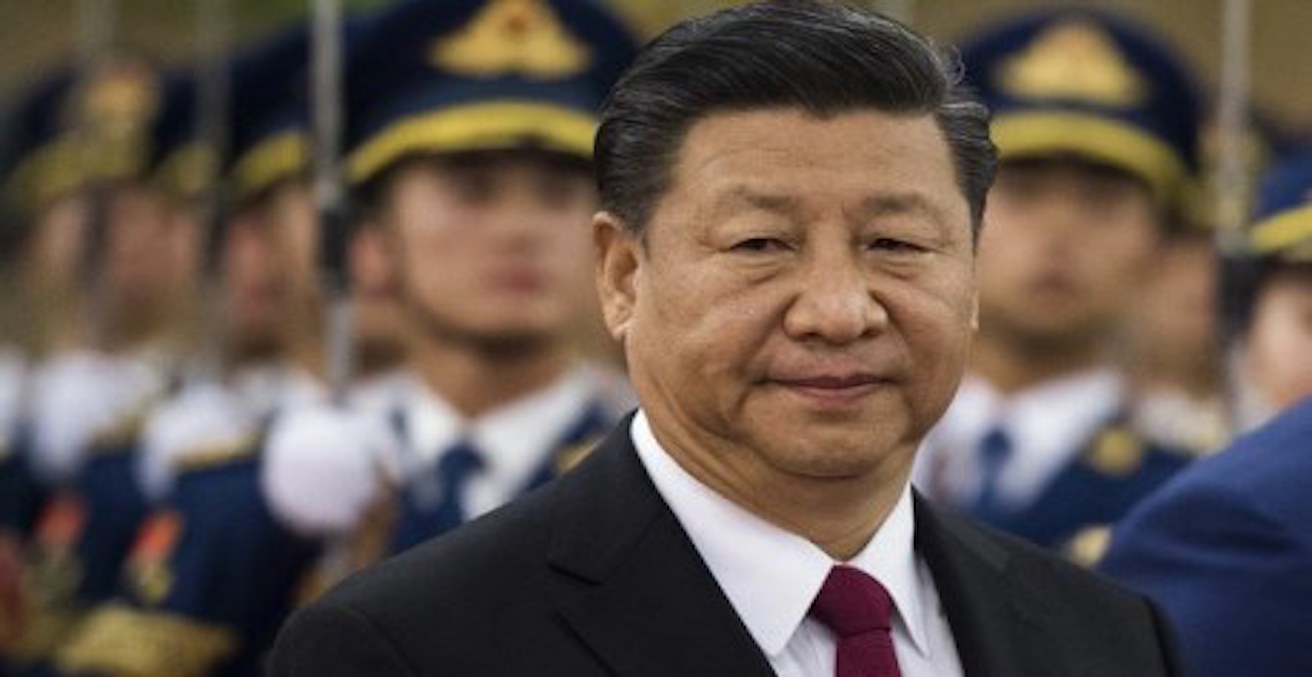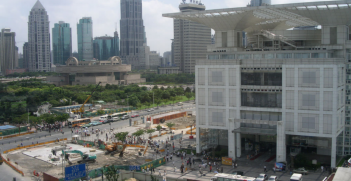A Revolutionary Evolution: Civil-Military Integration in China

Civil military integration in China predated Xi Jinping. Understanding this is crucial for effective management of the Sino-US relationship.
The rise of Xi Jinping to General Secretary of the Chinese Communist Party has frequently been posited as a critical juncture point for civil-military integration (CMI) in China. Western analysts and popular media frequently associate the increased reference of “military-civil fusion” throughout a range of high strategic documents as a reflection of Xi’s aggressive political agenda to bind the defence sector and civilian economy together, outcompete the West in science and technology, and build a preeminent military power.
As I will show, the notion that civil-military integration has been pursued more assertively under Xi Jinping is accurate. However, this overshadows the long historical arc of China’s CMI trajectory, which runs through its revolutionary, reform era, and 21st century politics.
Mao: Revolutionary Roots
In popular media, the de-compartmentalisation of China’s civil and military resource and innovation bases is often personalised as a policy invention of Xi. However, the strategic bearings of contemporary domestic economic and military policy were initially orientated by political leadership during the Mao era.
Early efforts to intensify the level of research and development (R&D) collaboration and resource-sharing between the state-dominated defence sector and civilian economy arose from the dominant force that People’s Liberation Army (PLA) elite cadres played in post-1949 Chinese politics. At the commanding heights of national economic development planning, Feigenbaum describes how PLA generals inserted themselves into agenda setting procedures, ultimately giving elite-level political calculus a militarised slant. These military technocrats advanced an agenda that was underpinned by the assumption that China’s national power was intimately correlated to its level of technological advancement.
Adopting a techno-nationalist approach to modernisation, these military leaders cultivated what Tai Ming Cheung terms the “strategic innovation system,” which consisted of an extensive “network of organisations that interactively pursu[ed] science, technology, and capabilities, especially related to strategic, defense, and dual-use civil-military activities.”
A salient component of this system were China’s elite universities, which saw some of their parts co-opted into the civil-military nexus. Between 1955 and 1956, the state budget for science and research rose from US $15 million to approximately US $100 million and the Chinese Academy of Sciences received three times more funding in 1957 than it did in 1953. Under Mao, the normative aspirations and organisational structures for CMI were firmly coded into China’s future trajectory.
The Reform Era: the build-up
Under Deng, CMI calcified into a core theoretical concept and a deeply institutionalised pattern of governance. While cemented, however, the dominant dynamic of integration was a largely unidirectional flow of military resources towards the civilian economy. In the aftermath of post-Mao China, Deng’s management and revitalisation of the civilian economy was a core policy imperative.
The creation of The Commission of Science, Technology and Industry for National Defense (COSTIND) in 1982 typified this shift. Designed to oversee the restructuring of the defence sector and speed up the defence industry’s marriage into the civil and commercial worlds, COSTIND drove up the number of civilian products produced by defence state-owned enterprises (SOEs) from 8 percent to 70 percent between 1978 and 1998.
On top of institutional innovation, the signature CMI policy of the era was the DARPA-esque “863 Program,” which canalised civil-military research cooperation into several targeted areas, including biotechnology, energy, IT, spaceflight, new materials, and oceanography. While 863 represented a fresh financial and political push for collaboration in defence and civilian engineering, as Feigenbaum notes, the policy’s architecture was based on the organisational designs and operating procedures established during the Mao era. The 863 quickly matured into a main policy tool, with research funding increasing dramatically under General Secretary Hu Jintao.
Hu-Wen Administration: deep fusion
Under the administration of General Secretary Hu Jintao and Premier Wen Jiabao, CMI expanded into a more englobing concept: civil-military fusion.
The first authoritative reference to military-civil fusion as an organising principle can be found in Hu’s report at the 17th Party Congress in 2007, which urged the country to “take a path of military-civilian fusion with Chinese characteristics.” More than just a semantic shift, this development represented a significant pivot towards a more comprehensive approach to constructing a tightly integrated dual-use economy.
The drafting of the National Medium- and Long-Term Program (MLP) for Science and Technology Development (2006–2020), promulgated in 2006, emphasised the importance of improving China’s “indigenous innovation,” especially in the area of strategically important dual-use technologies. As Cheung notes, the document speaks with a techno-nationalist tone as it reaffirmed the essential linkage between “core technologies” and the “lifeblood of the national economy and national security.” In the Party’s tenth five-year plan for the 2001-2005 period, 22 billion RMB was allocated for the 863 program, four times the amount allocated across the 1985-2000 period.
Under Hu’s policy of “locating the military within the civilian,” the commitment to a more holistic conception of civil-military interaction saw acts of institutional innovation and institutional convergence. For example, on top of the proliferation of partnerships between defence enterprises and civilian research institutes in Chinese universities, in 2002, the China Electronics Technology Corporation was formed in order to promote national technological and industrial development in the area of defence electronics.
Policy implications
By tracing the thread of CMI throughout China’s history it becomes clear that the policy is firmly based upon on a foundation of elite-level Party consensus.
Therefore, when Western analysts propound the view that CMI is the product of singular political will, they overlook an epistemological approach to studying Chinese politics, in particular the way that continuity is formed through the connection between the policy outputs of today and the strategic decisions of yesterday. This makes for profound policy implications.
Just as the Party-state’s long-term ambitions should not be underestimated, the ability for US foreign policy to shape them should not be overestimated. President Trump has indicated that science and technology competition, especially in the defence sector, is one of the greatest tension points in the Sino-US relationship. In 2018, a report by the Department of Defence framed CMI as a strategic challenge, positing that China’s “doctrine of civil-military fusion” serves as a guiding principle for its strategy of “economic aggression and its complementary military modernisation efforts.” If the objective of US China policy is to confront CMI efforts, it must recognise that it is dealing with an outgrowth of long-term Party planning. Therefore, any policy designed to de-intensify CMI would need to minimise the costs to Xi’s personal legitimacy that such a step-back from Party consensus would elicit.
On top of prudent relationship management, effective US foreign policy should recognise that CMI is a deeply structural strain of policy in the modern Chinese Party-state. With limited influence to induce change, long-term US interests would be better secured by looking inwards and acknowledging that strength is generated at home, through domestic renewal and repair. For example, a policy option could include realigning defence and national security investments to better reflect China’s ongoing CMI efforts.
Toby Warden is a Bachelor of International Studies student at the University of Sydney. He is also a current Intern at the NSW Division of the Australian Institute of International Affairs.
This article is published under a Creative Commons Licence and may be republished with attribution.





